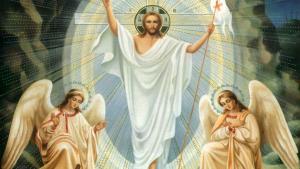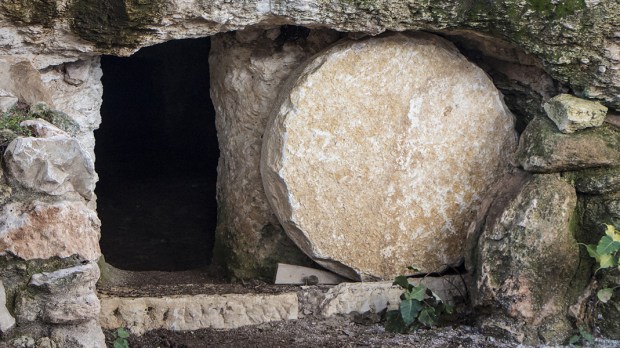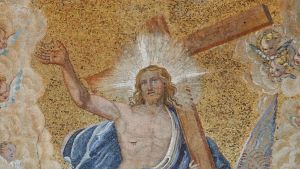One of the primary beliefs of the Catholic Church is that Jesus died and rose from the dead.
Some historians claim that Jesus did not rise from the dead and that his apostles were either hallucinating or were referring to a spiritual event.
In this claim, the resurrection refers only to Jesus rising in the apostles’ hearts, and was not a real, historical event.
They claim that Jesus may have lived on this earth, but he died and the apostles hid his body.
The Catechism of the Catholic Church is clear that all Catholics are to believe that Jesus’ resurrection was real:
The mystery of Christ’s resurrection is a real event, with manifestations that were historically verified, as the New Testament bears witness.
CCC 639
The Catechism continues by explaining, “In about A.D. 56 St. Paul could already write to the Corinthians: ‘I delivered to you as of first importance what I also received, that Christ died for our sins in accordance with the scriptures, and that he was buried, that he was raised on the third day in accordance with the scriptures, and that he appeared to Cephas, then to the Twelve. . .’ The Apostle speaks here of the living tradition of the Resurrection which he had learned after his conversion at the gates of Damascus” (CCC 639).
The empty tomb
While discovering the empty tomb could be explained in various natural ways, the historical account that has been passed down to us highlights an honest surprise by the discovery:
The first element we encounter in the framework of the Easter events is the empty tomb. In itself it is not a direct proof of Resurrection; the absence of Christ’s body from the tomb could be explained otherwise. Nonetheless the empty tomb was still an essential sign for all. Its discovery by the disciples was the first step toward recognizing the very fact of the Resurrection. This was the case, first with the holy women, and then with Peter. The disciple “whom Jesus loved” affirmed that when he entered the empty tomb and discovered “the linen cloths lying there”, “he saw and believed”. This suggests that he realized from the empty tomb’s condition that the absence of Jesus’ body could not have been of human doing and that Jesus had not simply returned to earthly life as had been the case with Lazarus.
CCC 640
One of the key elements to believing in Jesus’ resurrection is trusting the historical accuracy of the Gospels.
If you do not believe that the Gospels retell historical events, then it will be nearly impossible to believe in Jesus’ resurrection.
What is undeniable is that before A.D. 33 there were no “Christians.” After that date, Christianity began to spread across the world.
Something happened, and that event changed the world forever.
For Catholics, that event was the bodily resurrection of Jesus, who rose from the dead and later ascended into Heaven.



